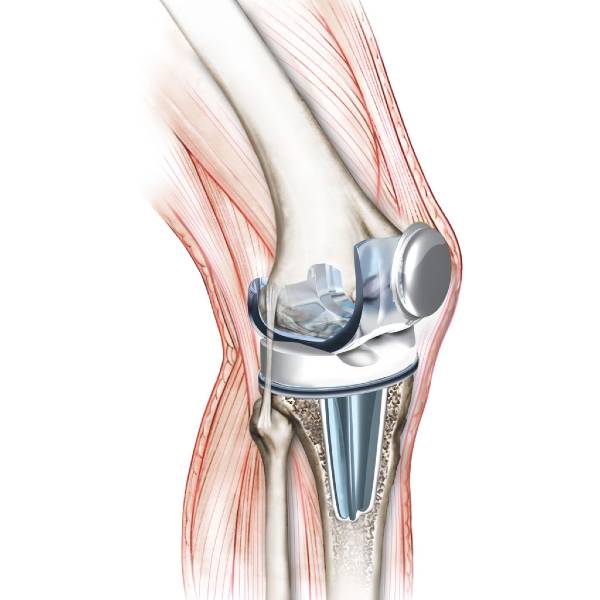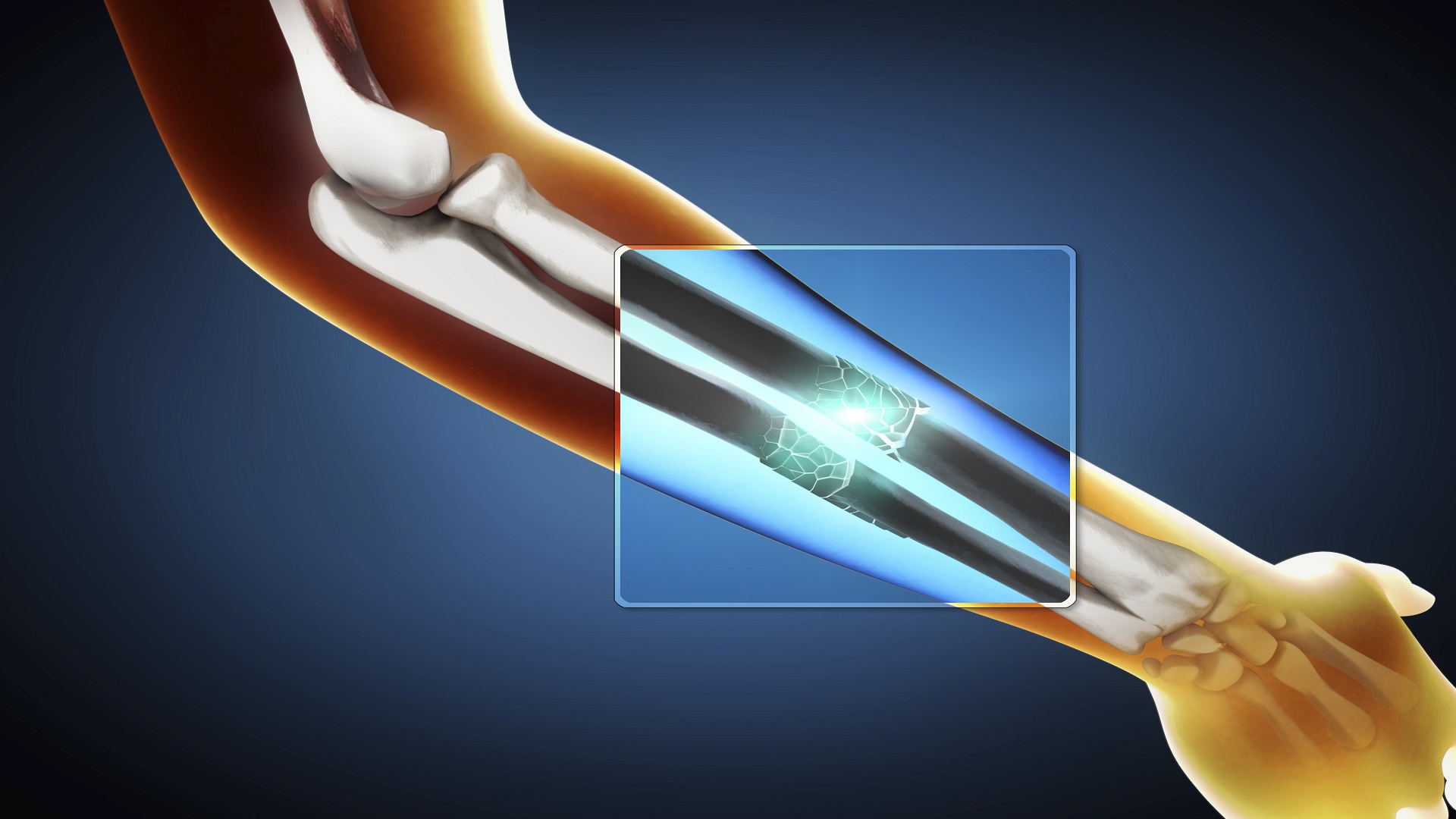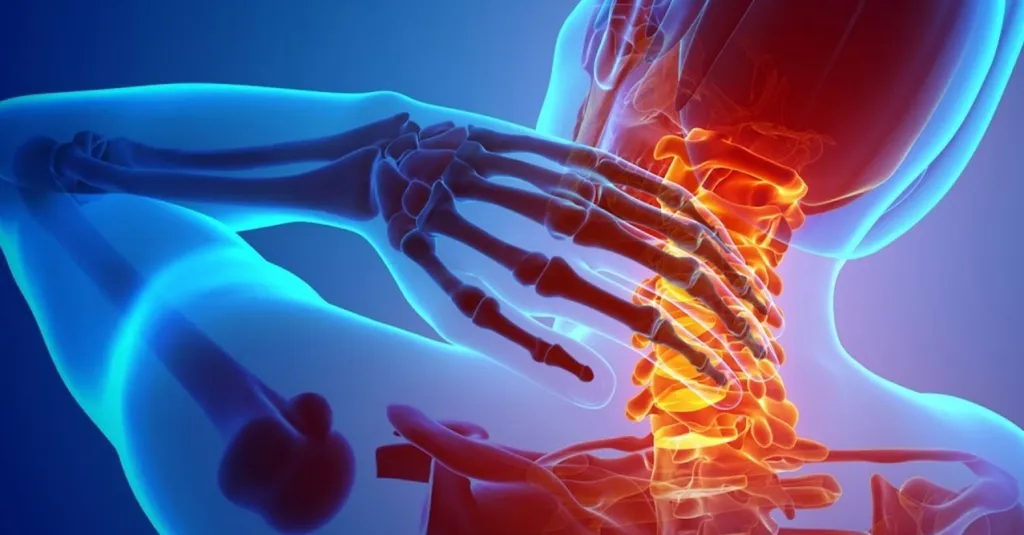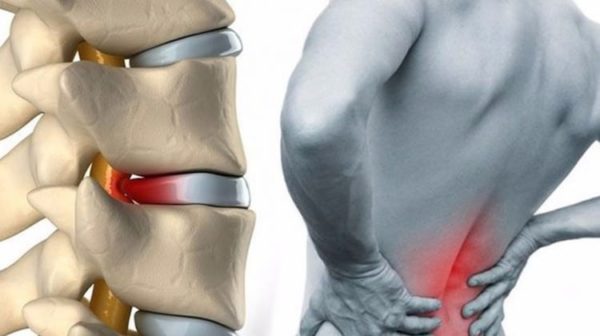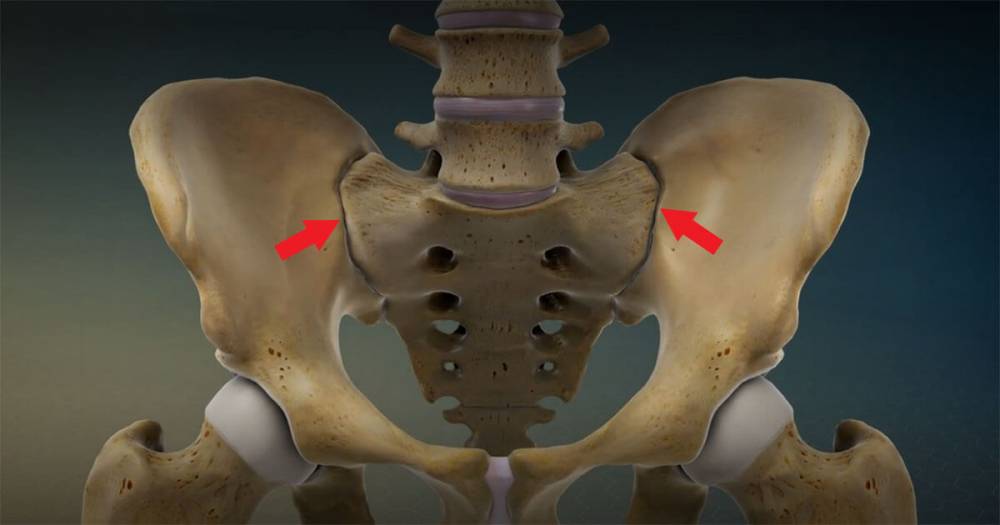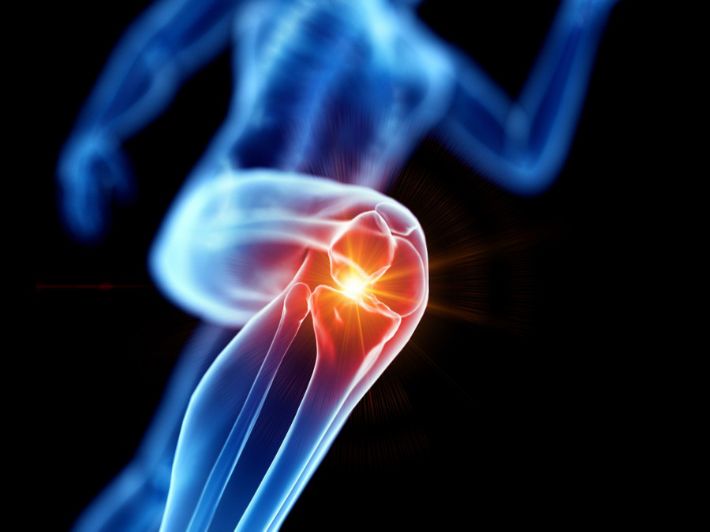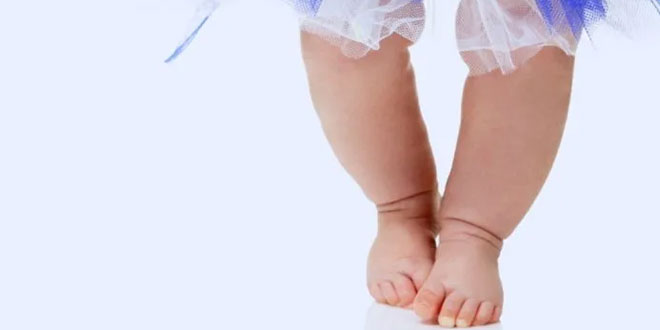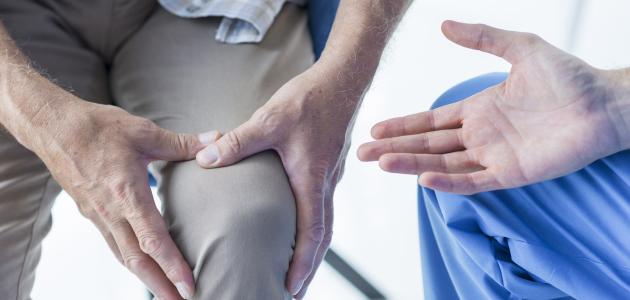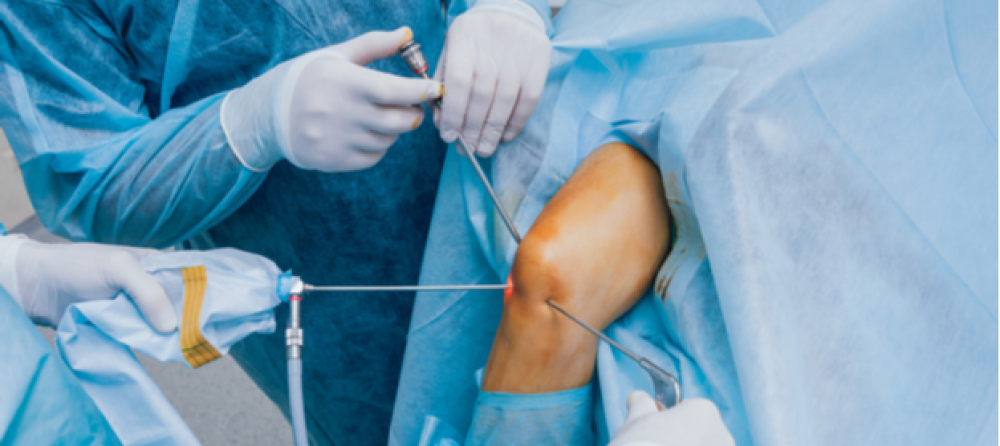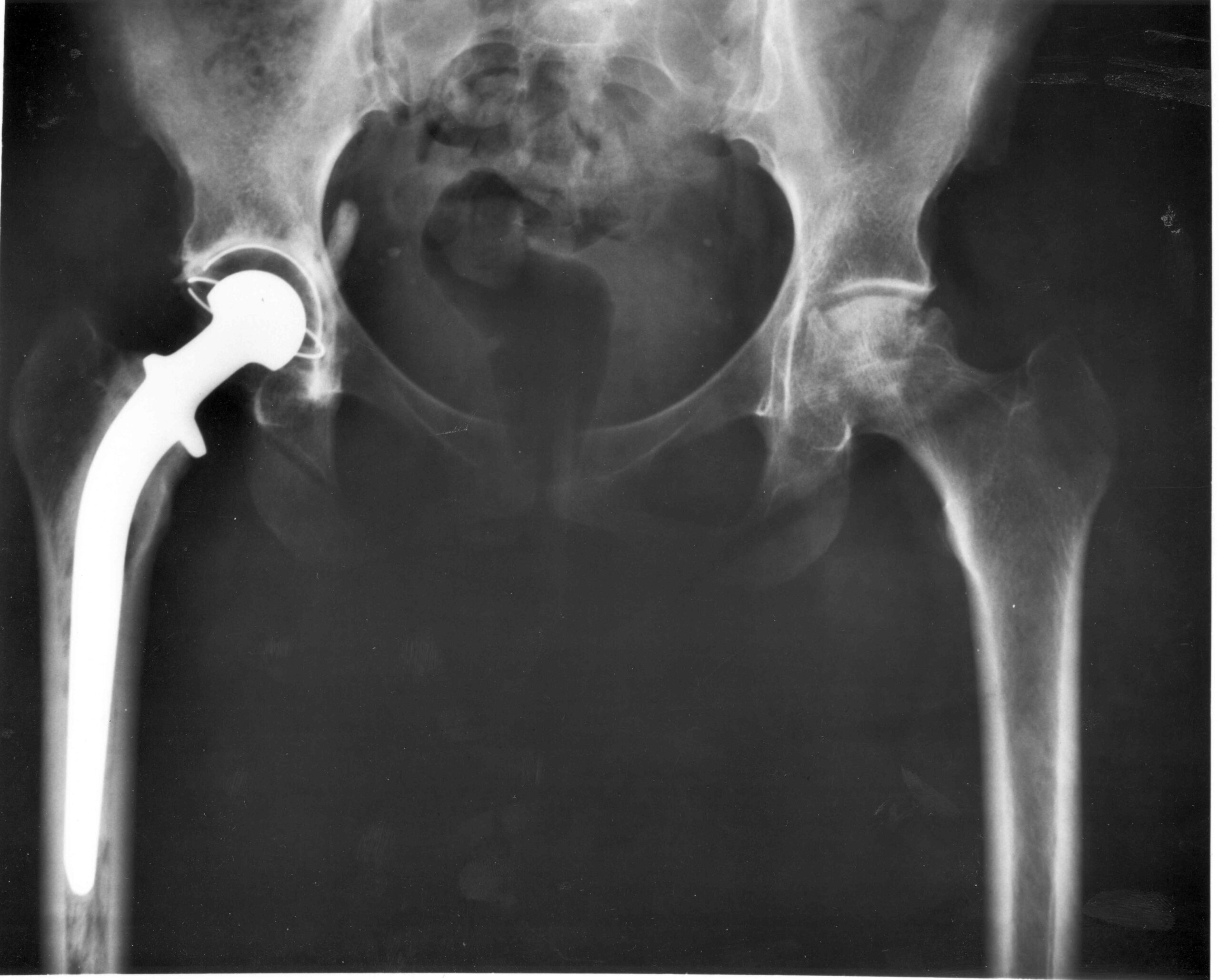Learn how to treat a bruised foot
Bruises that afflict individuals on the foot are blue or violet spots that appear on the skin, and this may be the result of a collision or the presence of a disease that the individual suffers from and this is a symptom of him. In the following article, we will discuss detailed information regarding this topic.
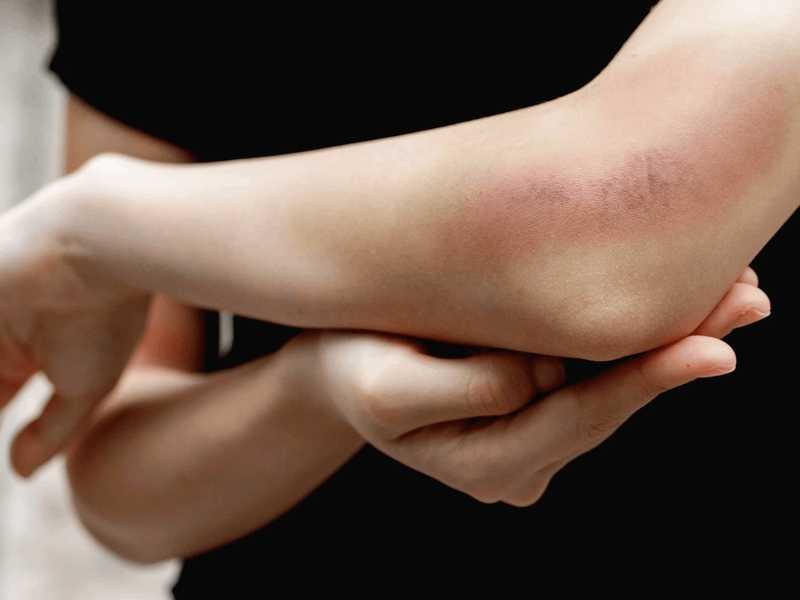
Foot bruises treatment
When exposed to bruises in the area of the foot as a result of an injury during movement or a collision, there are many methods that can be used in treatment, such as:
- Rest: Neglecting a foot injury and not taking a sufficient amount of rest after that has a major role in increasing blood flow and collecting large amounts of fluid, and this causes swelling and intensifies the pain felt by the individual, and this causes damage to the bones and ligaments that It is located in the leg, and for this reason, it is better to take plenty of rest, especially in the first days of exposure to the injury.
- Ice packs: Applying ice packs to the area of the injury helps to reduce the blood supply to it, which contributes to reducing the severity of swelling and pain that is associated with it. It is better to place it in the first days of the injury several times for a period of not less than 10 minutes.
- Compression stockings: Wearing a pressure bandage that helps narrow the blood vessels in the affected foot, limits blood access to it and prevents the emergence of a dangerous tumor, and care must be taken not to over-pressure so as not to cause blood to reach it.
- Elevating the foot: Keeping the injured leg raised above the rest of the body is very important in order to significantly reduce swelling, and pillows can be used in this matter.
- Medications: It is possible to take some medications, such as non-steroidal anti-inflammatory drugs and ibuprofen, as they work to treat bruises in the foot and reduce the symptoms that are associated with them, such as redness and pain.
Treating swollen bruises
The swollen bruises are treated by applying cold and warm compresses alternately between each of them, but the cold compresses are on the first days of the injury, while the warm compresses are after two days of exposure to the injury, and it is better for the individual to keep the affected area in an area higher than Level the rest of the body with the help of some pillows.
It is also necessary to put pressure on the area of the injury by using a compressive bandage that reduces swelling, and topical creams and medicines containing both vitamin C and vitamin K are used, in addition to the possibility of applying aloe vera gel to the area of the injury because of its many therapeutic properties. Use some herbs to treat swollen bruises, such as arnica flower, in addition to some oils such as rosemary oil and chamomile oil, as they contain anti-inflammatory properties.
Treatment of swollen bruises on the foot
Bruises that are swollen in the foot are treated by doing some first aid immediately after exposure to the injury, and this is done by raising the injured leg from the rest of the body level in order to calm the swelling and other symptoms that are associated with the injury, and it is also better to apply cold compresses immediately after exposure injury more than once for 20 minutes.
It is also possible to wrap a compressive bandage around the swollen bruises in order to control the severity of the swelling because this reduces blood flow to the area of the injury, and if this is associated with the feeling of pain, then the individual may take painkillers after that reduce the severity of the symptoms that he feels.
Treating foot bruises and swelling
Foot bruises that may result in swelling may be a result of a collision or accident in the foot, or this may be a result of suffering from some diseases in the event that the appearance of bruises is frequent without any justification for this to happen, and it is better for the individual not to neglect this matter and consult a doctor immediately to identify the cause of the problem and treat it well.
Finger bruises treatment
The bruises that occur on the finger do not need treatment in many cases and this may be accompanied by blood retention in the finger, but it is possible to follow some methods in order to reduce swelling and pain, and this includes doing the following:
- It is better to keep the place where the finger was injured raised, as this reduces swelling and inflammation, and this must be continued until two days after the injury.
- Apply ice packs to the injured finger from time to time for 20 minutes, and continue to do so until the pain is gone and the swelling is gone.
- In the event of severe pain in the finger, the individual can take some painkillers such as acetaminophen or ibuprofen.
Treating bruised toes
When exposed to bruises in the toes, care must be taken in the beginning to keep it in a fixed position and not move it at all until it is confirmed that there are no fractures. It is also possible to apply creams that contain anti-inflammatory and pain-relieving properties, in addition to taking some analgesic tablets if the pain becomes severe.
knee bruises
Knee bruises are the result of a collision or exposure to some light accidents, and most likely such bruises heal on their own within only a few weeks, and among the symptoms that accompany a knee bruise is the feeling of pain, the appearance of swelling, and difficulty in bending the knee, and in order to avoid knee bruises from It is better for the individual to consult a doctor as soon as he notices the frequent appearance of bruises to him and without any explicit reason for this occurrence, as this may be a result of the following:
- Take some blood-thinning medications, such as aspirin.
- Suffering from malnutrition and a lack of vitamins.
- Inflammation of blood vessels or suffering from inflammatory conditions such as lupus.
- Bleeding and clotting disorders such as hemophilia.
- Cirrhosis.
- Anemia.
- The occurrence of infections is a result of the accumulation of toxins in the blood, such as sepsis.

